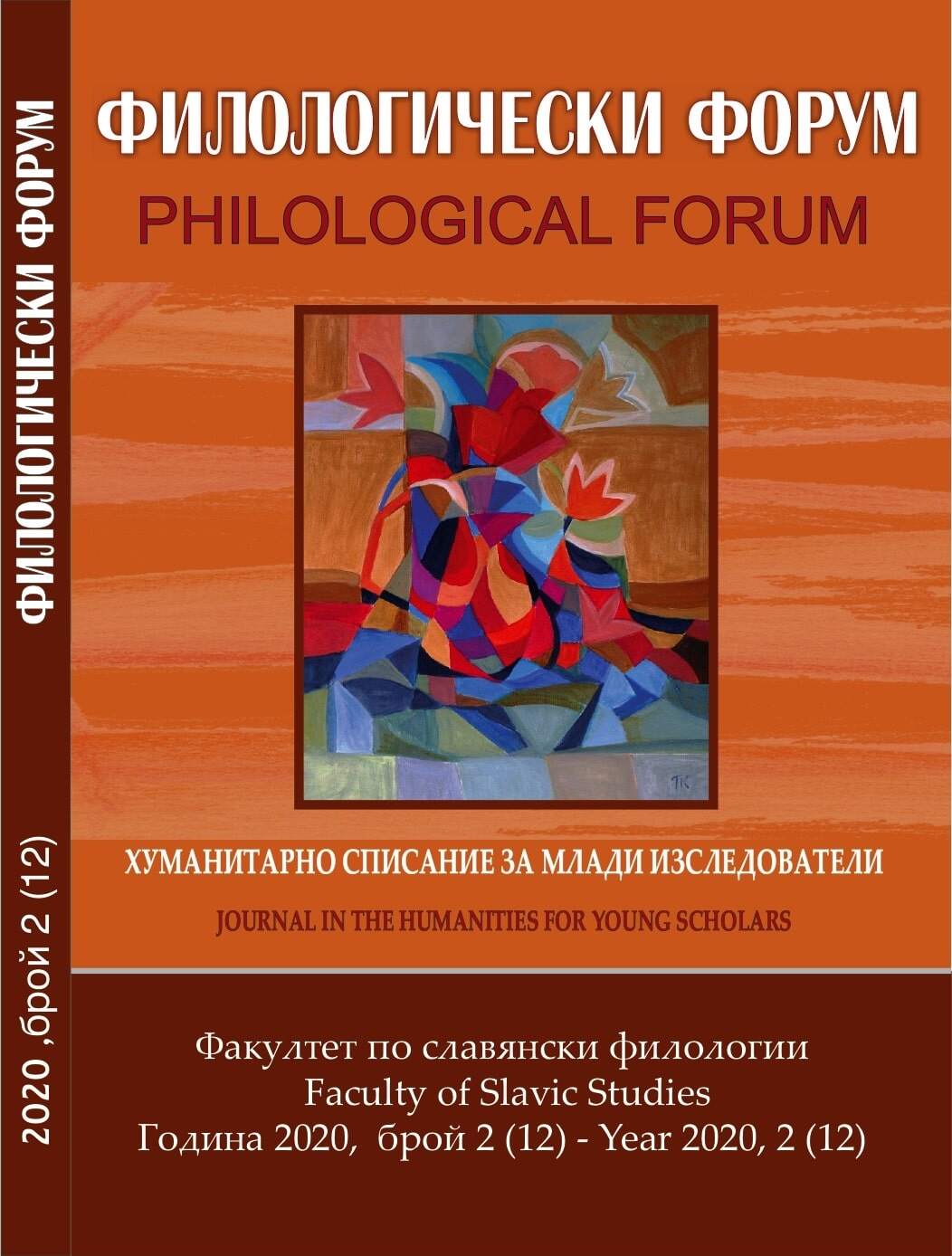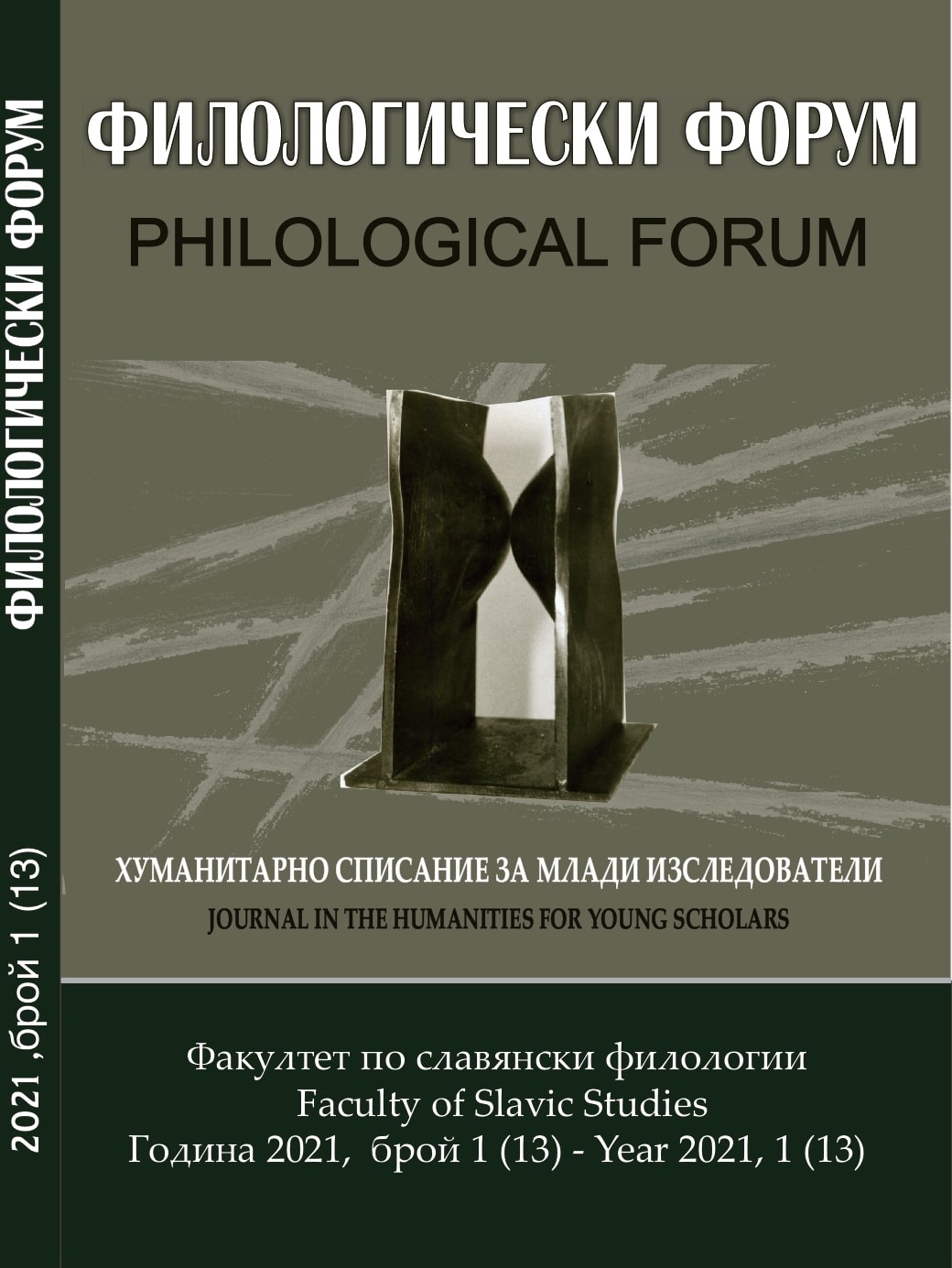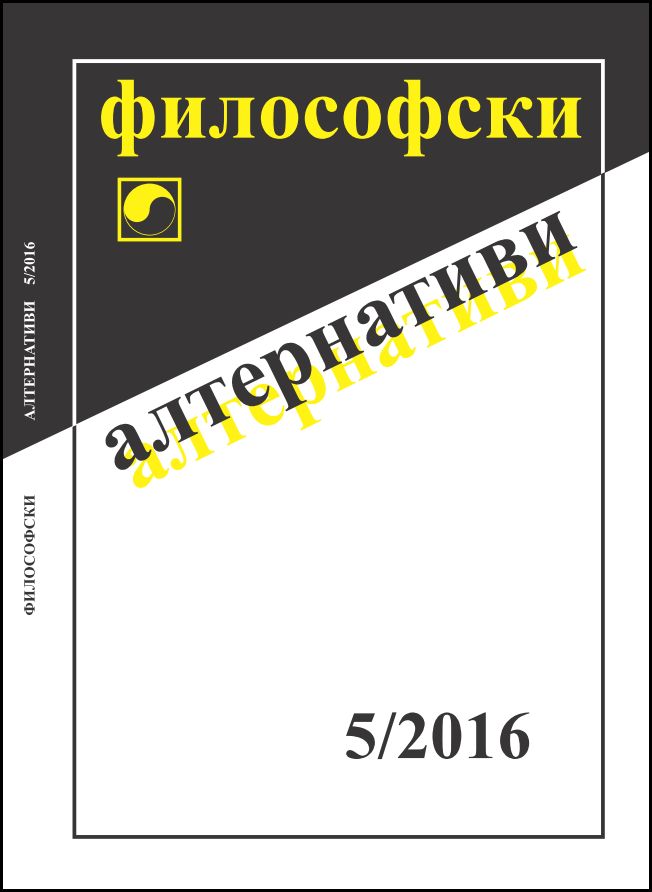
We kindly inform you that, as long as the subject affiliation of our 300.000+ articles is in progress, you might get unsufficient or no results on your third level or second level search. In this case, please broaden your search criteria.

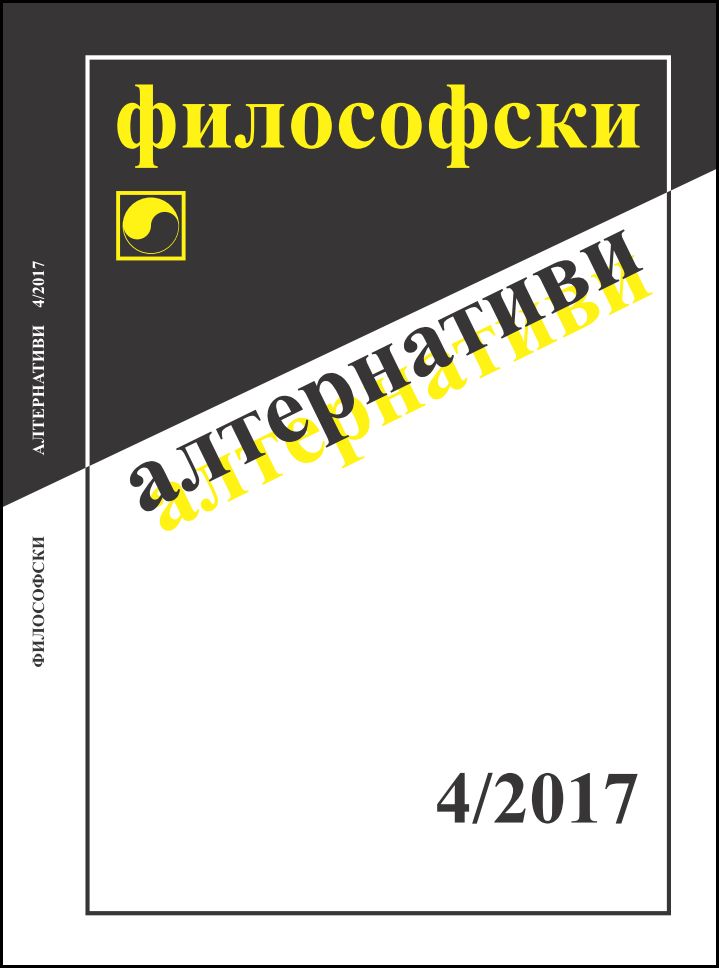
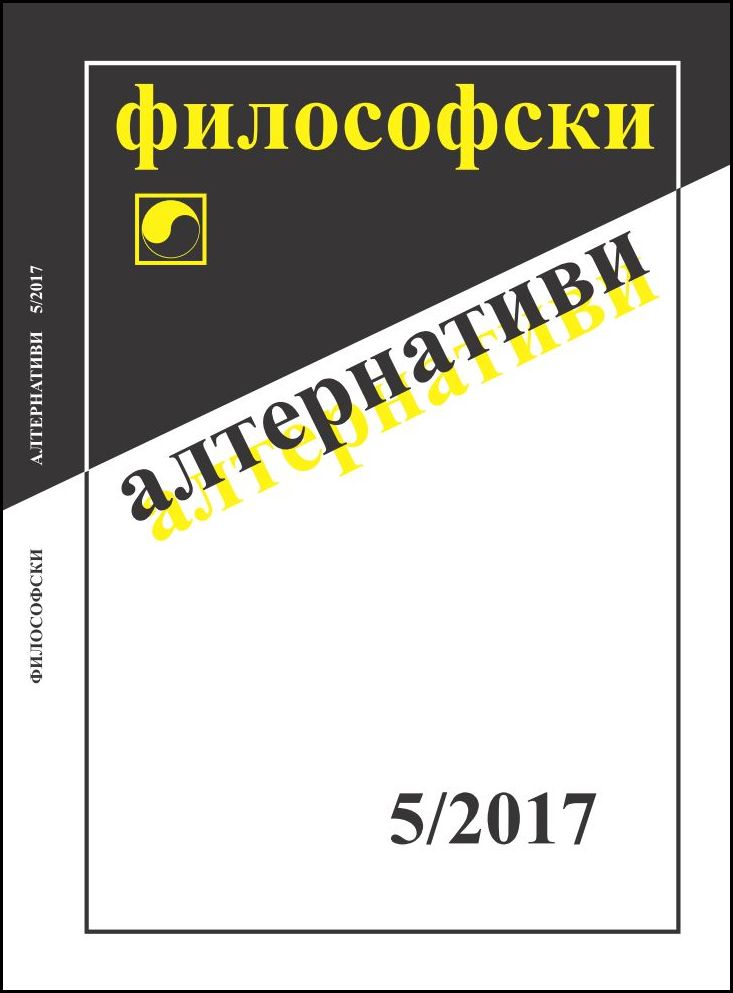
This article attempts to approach three problems: 1) What does it mean that a work of music exists? 2) How does the experiencing of a musical artwork come into being? 3) Why does the world of a musical artwork remain ineffable? As to the problem of question 1), the solution the author proposes is that any musical artwork possesses an intermittent existence, devoid of the sort of permanence one finds in works of other arts. The problem referred to by question 2) concerns the conditions of possibility to intellectually experience a musical artwork; here an answer is sought by connecting time-consciousness and intentionality, phenomenologically interpreted. The problem referred to by question 3), regarding musicalitas ineffabilis, is addressed here as related to a certain primacy (both ontological and aesthetic) of the yet unfinished becoming over the now finished being
More...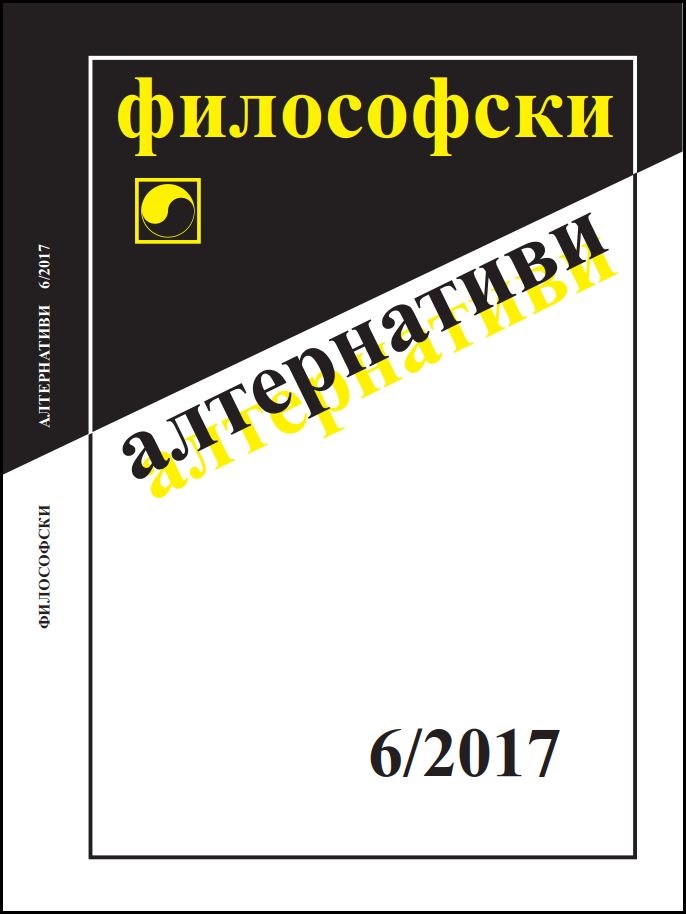
This essay attempts to outline the authentic existential phenomenology of the forest, and specifically, the existential meaning and feeling related to hornbeam and oak trees, in Haytov’s famous work Hornbeam Leaves. The article argues that in this book, Haytov`s insightful descriptions of trees, of the hornbeam and the oak, the pine and the creeping pine, the beech and the hazel, etc., deploy an amazing existential phenomenology of the Bulgarian forest, which amounts to no less than a genuine phenomenology of the Bulgarian soul.
More...
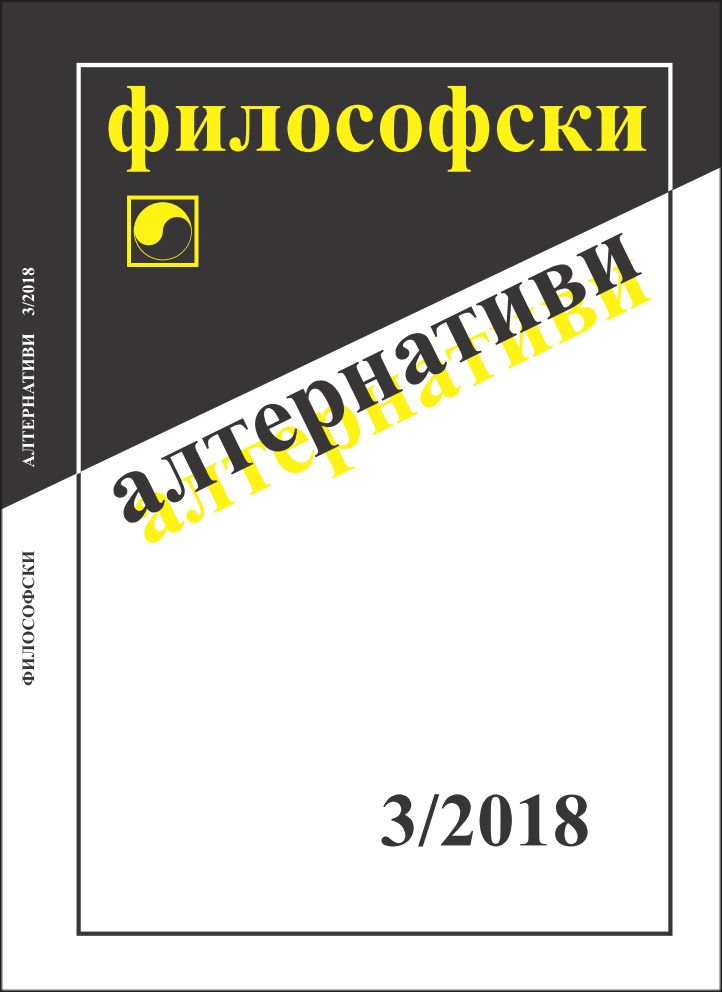
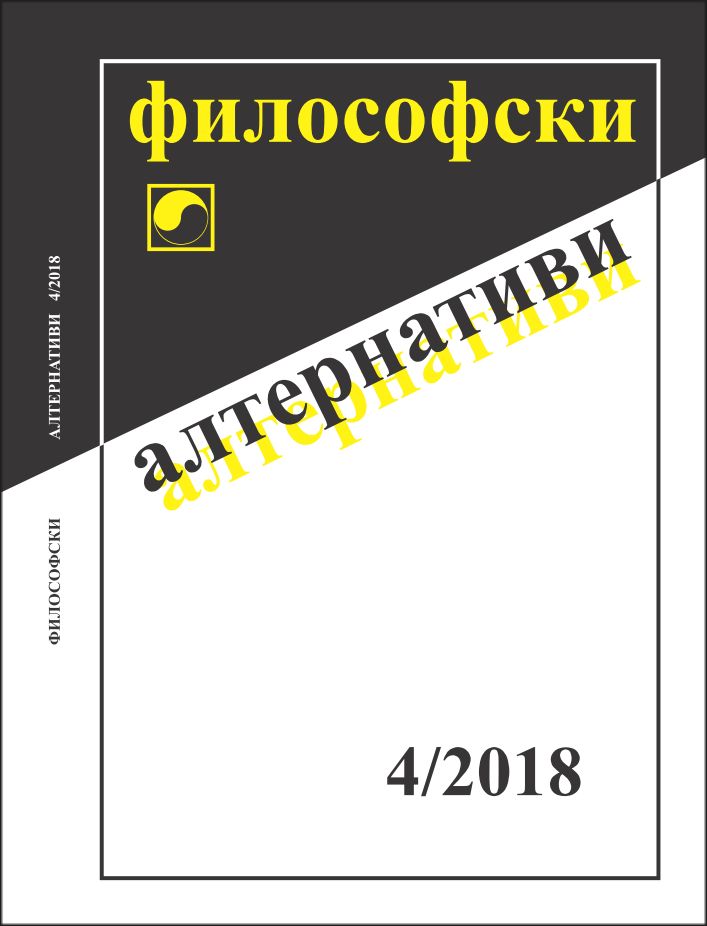
The article sets itself a twofold aim – on the one hand, to present Süskind’s novel Das Parfum as an allegory of the Enlightenment, and on the other, to outline an aesthetic approach that would restore the rights of the so-called “lower” senses (e.g., smell and touch) in cultural distinction. In addition, it will be argued that Süskind’s novel playfully refers to the tradition of early German Romanticism, especially with reference to authors like Heinrich von Kleist and E. T. A. Hoffmann. Finally, perfume will be recognized here as a metaphor that represents the possibility to provide appropriate expression of the modern aesthetic worldview.
More...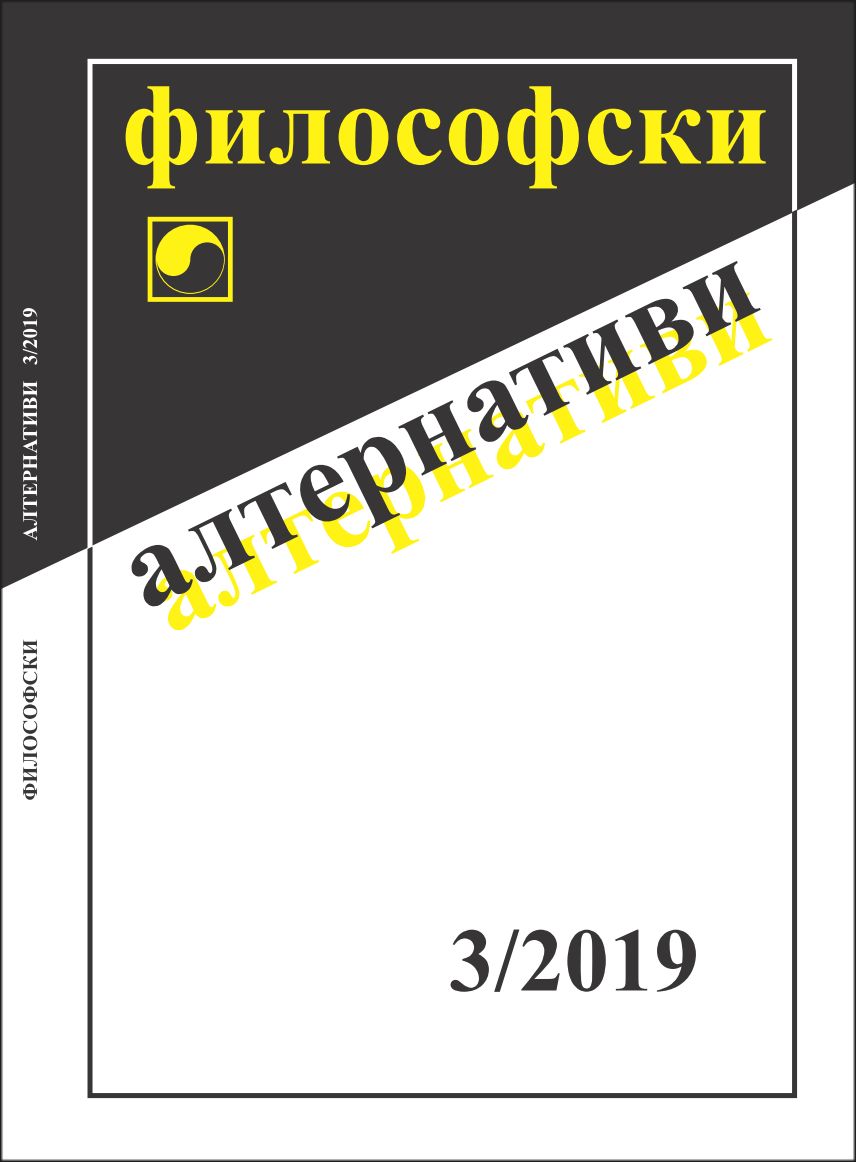


Debates held at gatherings to discuss the political situation in Bosnia and Herzegovina all too often involve abstract theoretical reflection, without taking into consideration the reasons the country is stuck in an impasse from which it can neither move ahead nor go back. Real understanding and an objective and informed view of contemporary reality in Bosnia and Herzegovina can be attained only by reference to the facts, which history has marked with its bloody seal. Bosnia and Herzegovina can be discussed only out of the depths of its experience, by sharing the horrors of its tragedy.
More...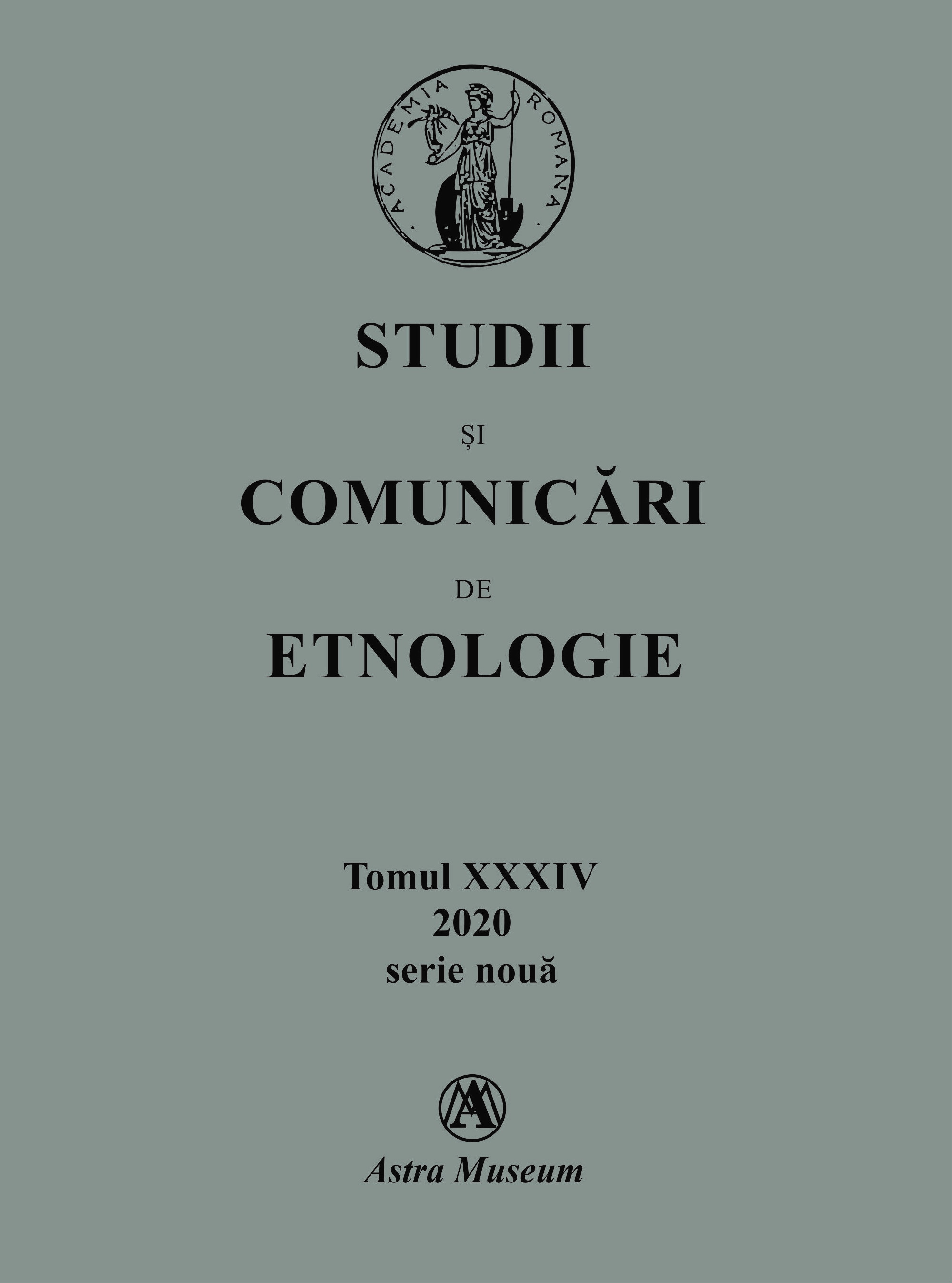

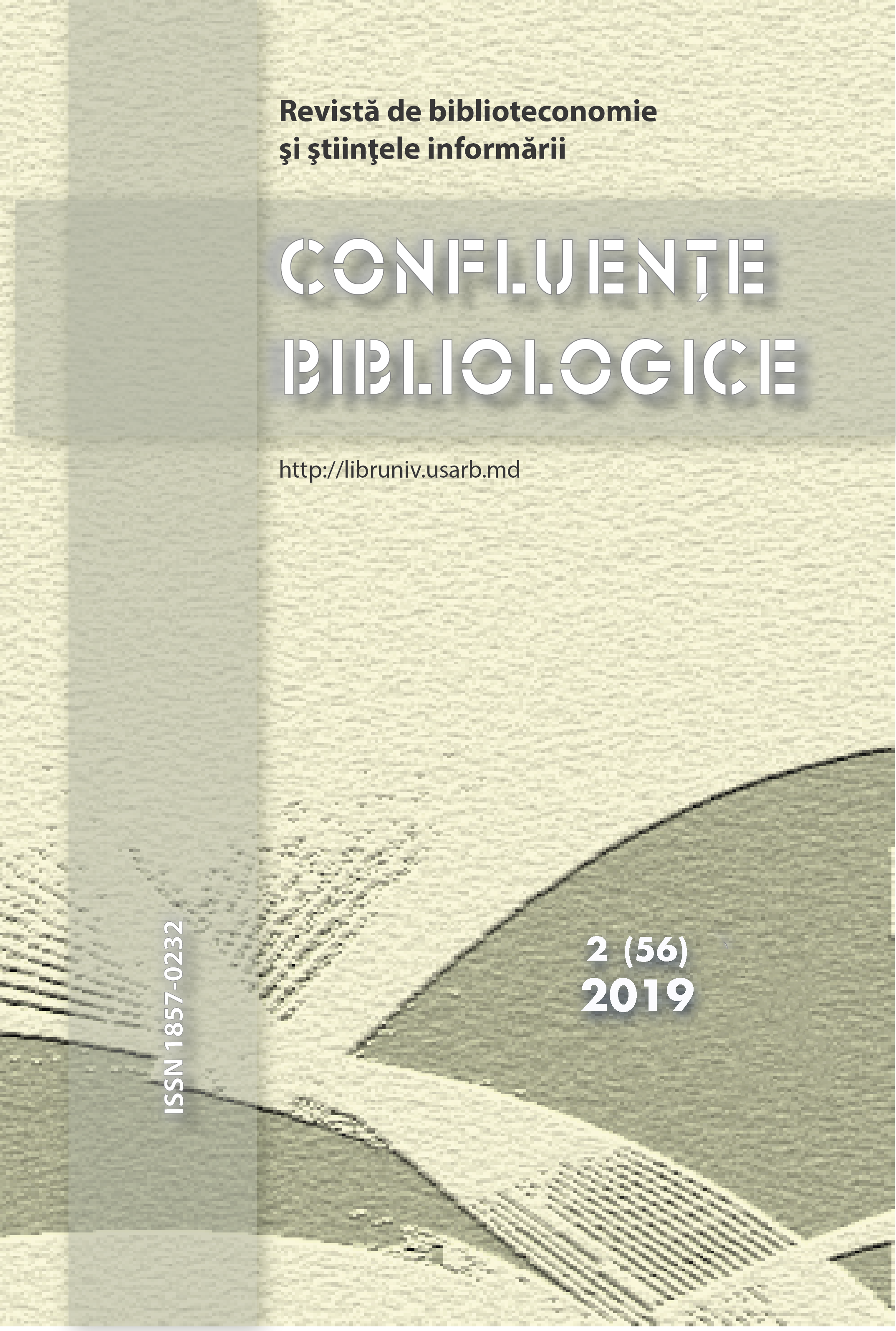
The second part of the article dedicated to the great Russian composer N. A. Rimsky-Korsakov on his 175th birthday, deals with his brilliant masterpiece ,,The Legend of the Invisible City of Kitezh". This mysterious work related to church music culture (akathist, liturgy) has a deep philosophical and religious sense and is often compared to the musical innovations of Richard Wagner. The work describes the charming heroines of Rimsky-Korsakov's work.The authors of the article, also, inform users about books and other famous works of composers that can be found in the Office of Musical Literature of SL USARB.
More...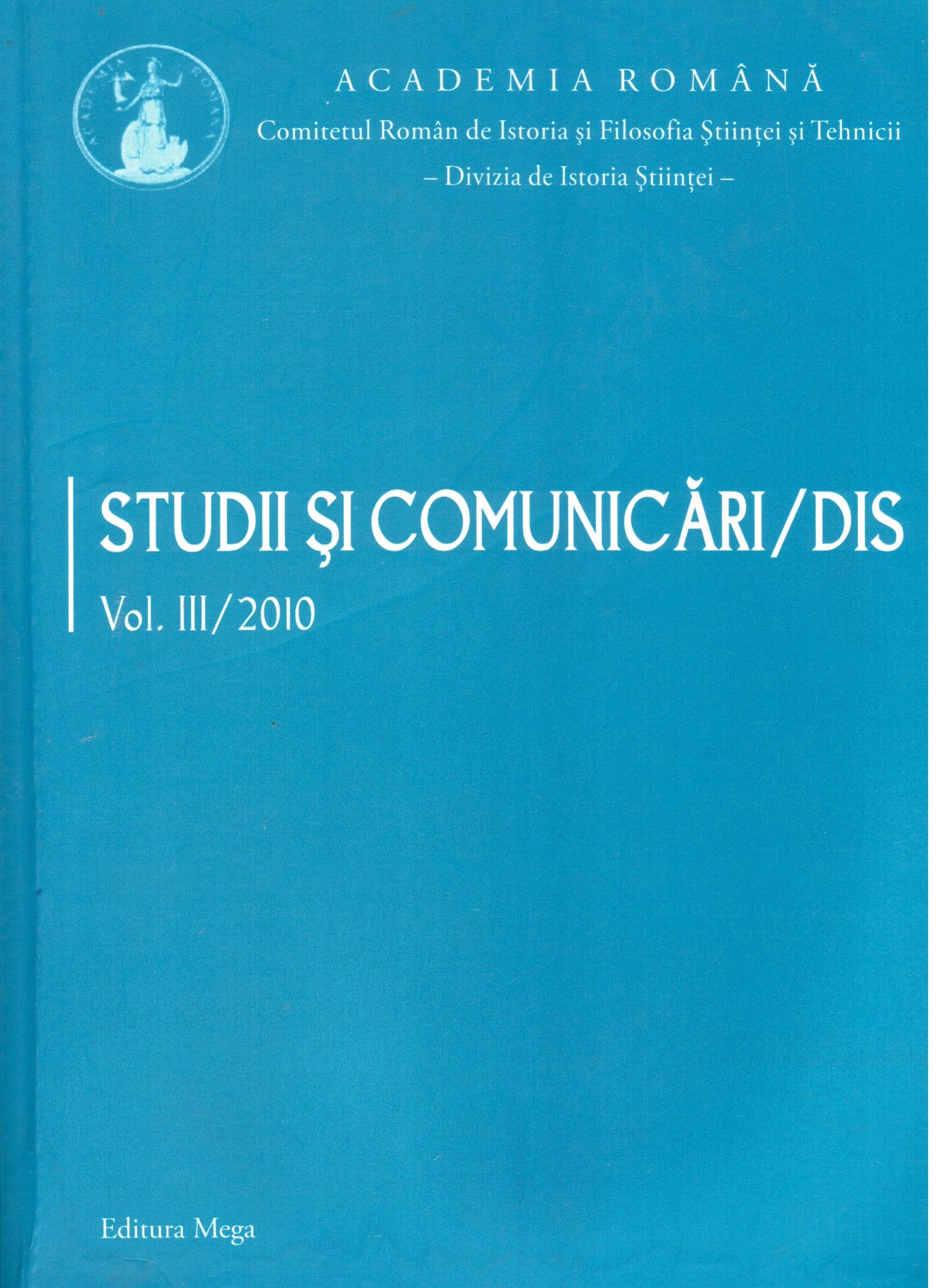
The author embarks upon a study concerning the way the contemporaries and successors of Andrei Șaguna have appreciated throughout the years his contributions to the advancement of the Romanian nation, to the moral and cultural affirmation in the nineteenth century context. In the mean time, he makes a presentation of the plastic art works – sculpture – which were dedicated to this brilliant precursor by sleeping partners and creators. Suggestions are made concerning the creation of new works to complete this patrimony within the next few years.
More...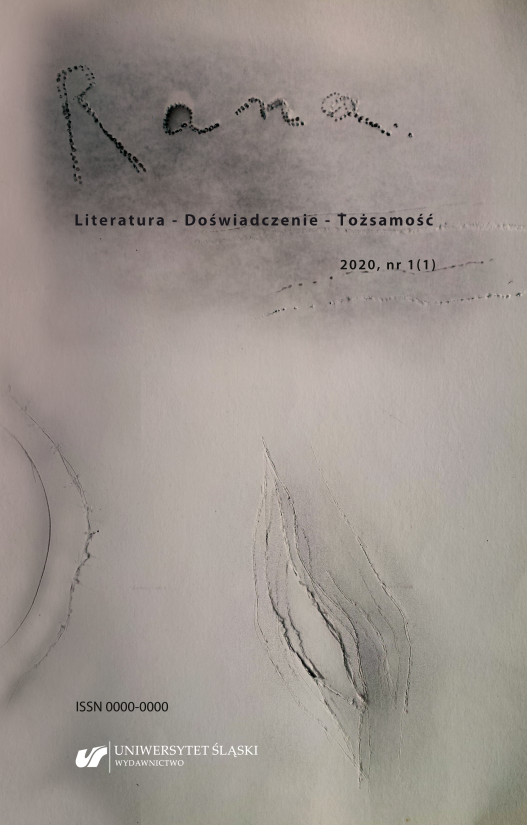
The article discusses a collection of essays by Grzegorz Jankowicz entitled Blizny [Scars]. Jankowicz’s attainments are what constitutes the main focus for the author of the article – not only those relating to literary criticism, but also the untypical ones that belong to the sphere of “literary activism.” In the text, there is conducted a close analysis of the essayist’s self‑presentation considered in a context of the societal games of prestige and significance. Furthermore, a more general situation in the intellectual domain known as literary essayistic writing is outlined. Apart from the foregoing, the author ponders the issue of an emergence of the literary form in question, namely, the collection of texts – once dispersed and written in various circumstances, prompted by variegated impulses, and then consolidated, ordered to achieve a convincing monographic effect.
More...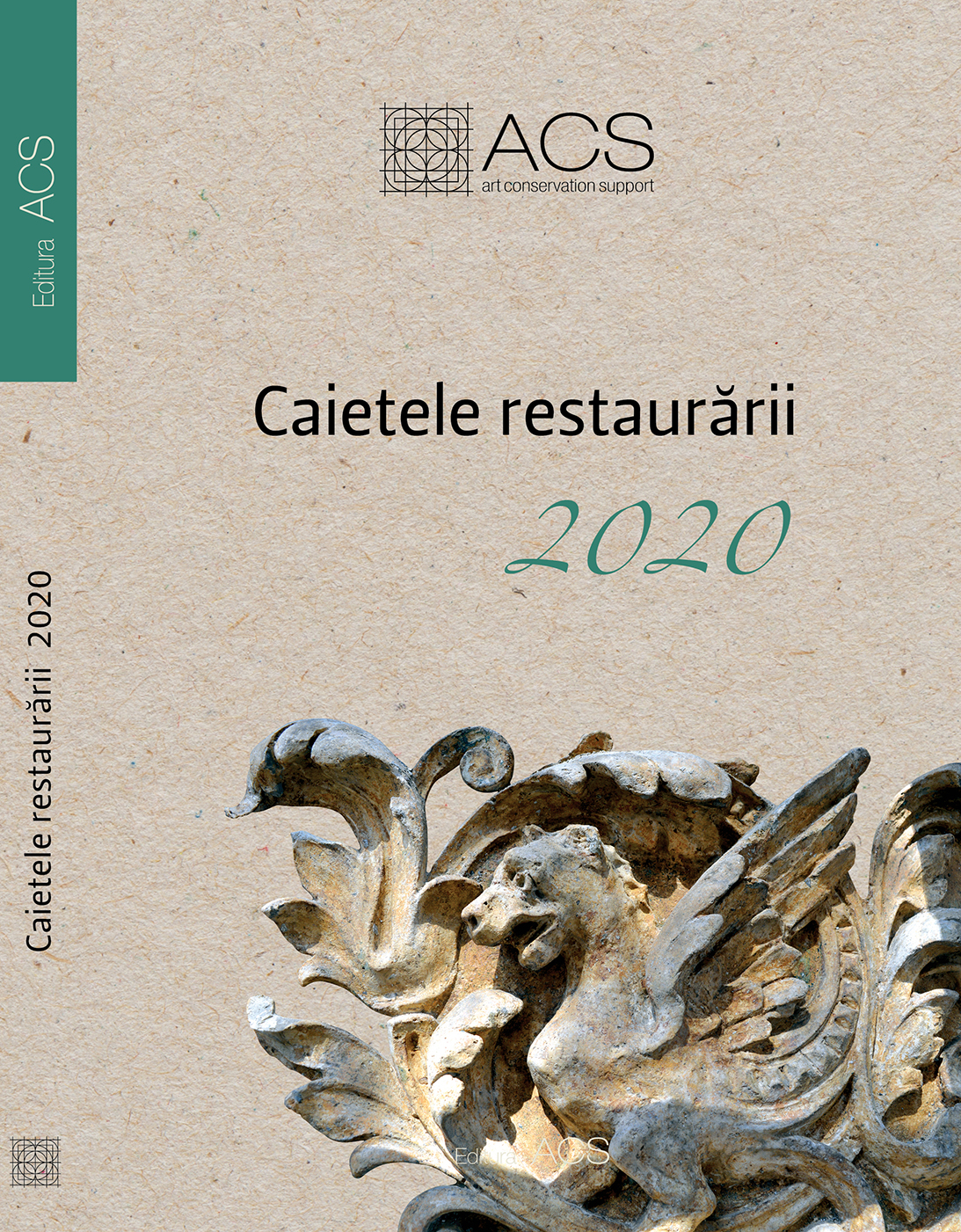
The sanitary problems in the 18th century Europe led to the emergence of the pavilion-type hospital, first introduced in England (1758-1765) and developed all over the world in the 19th century, as a rigor of the time regarding patients isolation in separate single-levelled pavilions settled around gardens. Romania adopted this modern type of construction, most of the hospitals built between 1875 and 1900 were made in a pavilion system. There has always been a double pressure on historic hospitals, the first regarding constant change to meet the health standards and the second regarding the survival as a historic monument by preserving the original physical components, interior, exterior or context. To what extent does the functional updating (layout modification, new wings, connected wings between pavilions, etc.) of the historical monument lead to the loss of its authenticity? What is the main premise in restoring a historic monument hospital and what are the limits for such restoration? The authors are trying to find answers to these questions by presenting a case study regarding the evolution of the military pavilion hospital ”Aristide Serfioti” in Galați (1883-1886). Keywords: military hospital – pavilion, historical monument, historical function, authenticity, compositional concept, conservative restoration / creative restoration, continuity
More...
This article is a plea for restorations based on minimal, non-invasive interventions, whenever possible. A prudent, limited action will stop the evolutionary degradation process, stabilize the object, protecting it from the inevitable shocks of large-scale operations and allowing any other interventions without the need of major de-restoration. Such an approach brings multiple benefits through reduced working time, by limiting the restorer’s exposure to toxic environment, as well as financial benefits. The selected methodology was influenced mainly by the improper technical design of the support, namely choosing a wood with knots and fibre anomalies, as well as by the conservations conditions over time with effect on the integrity of the pictorial matter. All these required an archaeological research based on the principle of minimum restoration. The lacunae of the pictorial layer were more than 50% of the painted surface. To better grasp the composition and differentiate the additions in relation to the original, it was decided to selectively fill in a number of small lacunae, choosing a differentiated integration of putties, preserved primer traces and the wear.
More...